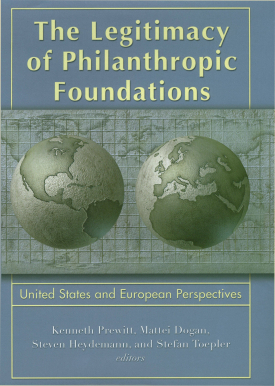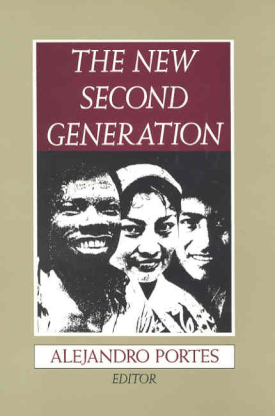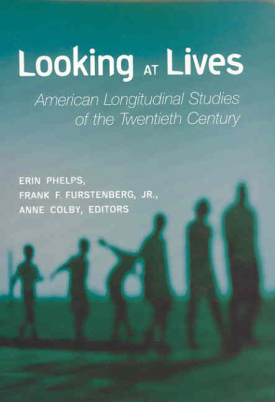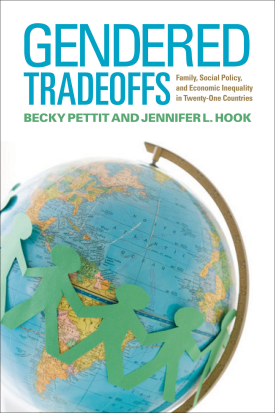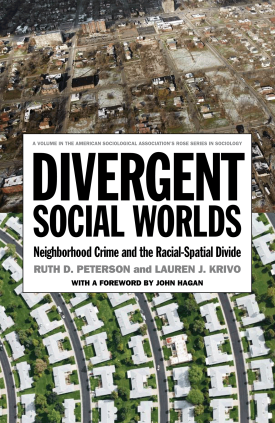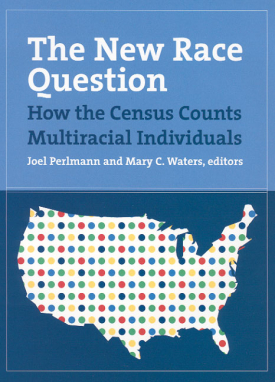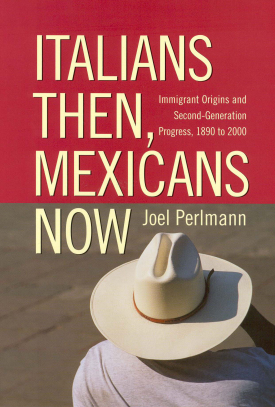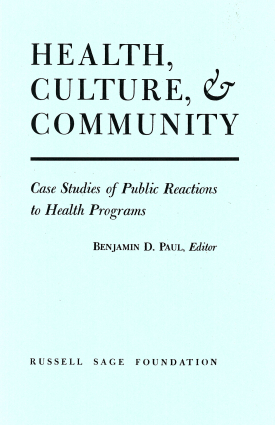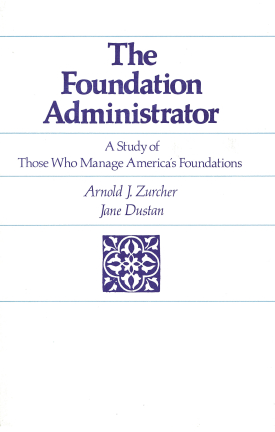
The Foundation Administrator
About This Book
This book offers a systematic study of those individuals who derive their livelihood and professional satisfactions from foundation employment above a clerical level. Replies to questionnaires addressed to foundations and to foundation staff, supplemented by other research, enabled the authors to secure a wealth of data, not previously available, concerning such staff personnel. The data relates to their origin, education or training, professional or occupational background, personal qualities, recruitment for foundation service, job specialization in foundations and in-service and on-the-job training, salary levels, retirement, fringe benefits and perquisites of various kinds. These data are systematically analyzed according to the employing foundation's asset size, program, founding auspices, staff size, geographical location, and other variables. The comprehensiveness of the data also makes possible a census of full-time and part-time staff employed by all foundations and better reveals the rather distorted pattern of the distribution of that staff among the employing foundations.
A feature of the study is a chapter that tabulates and analyzes the comments on foundation employment of some 420 foundation executives—on their satisfactions, dissatisfactions, and frustrations and on how foundation employment might be made more attractive. The pros and cons of the related issue of increased professionalization of foundation service is considered in the light of these comments and from the standpoint, also, of the current philanthropic policies of different kinds of foundations. The probable long-term effect on foundation service of certain provisions of the Tax Reform Act of 1969 is also examined.
ARNOLD J. ZURCHER was formerly Executive Director of the Alfred P. Sloan Foundation and is Professor of Politics at New York University.
JANE DUSTAN is Associate for Program Development of the Association for the Aid of Crippled Children.

